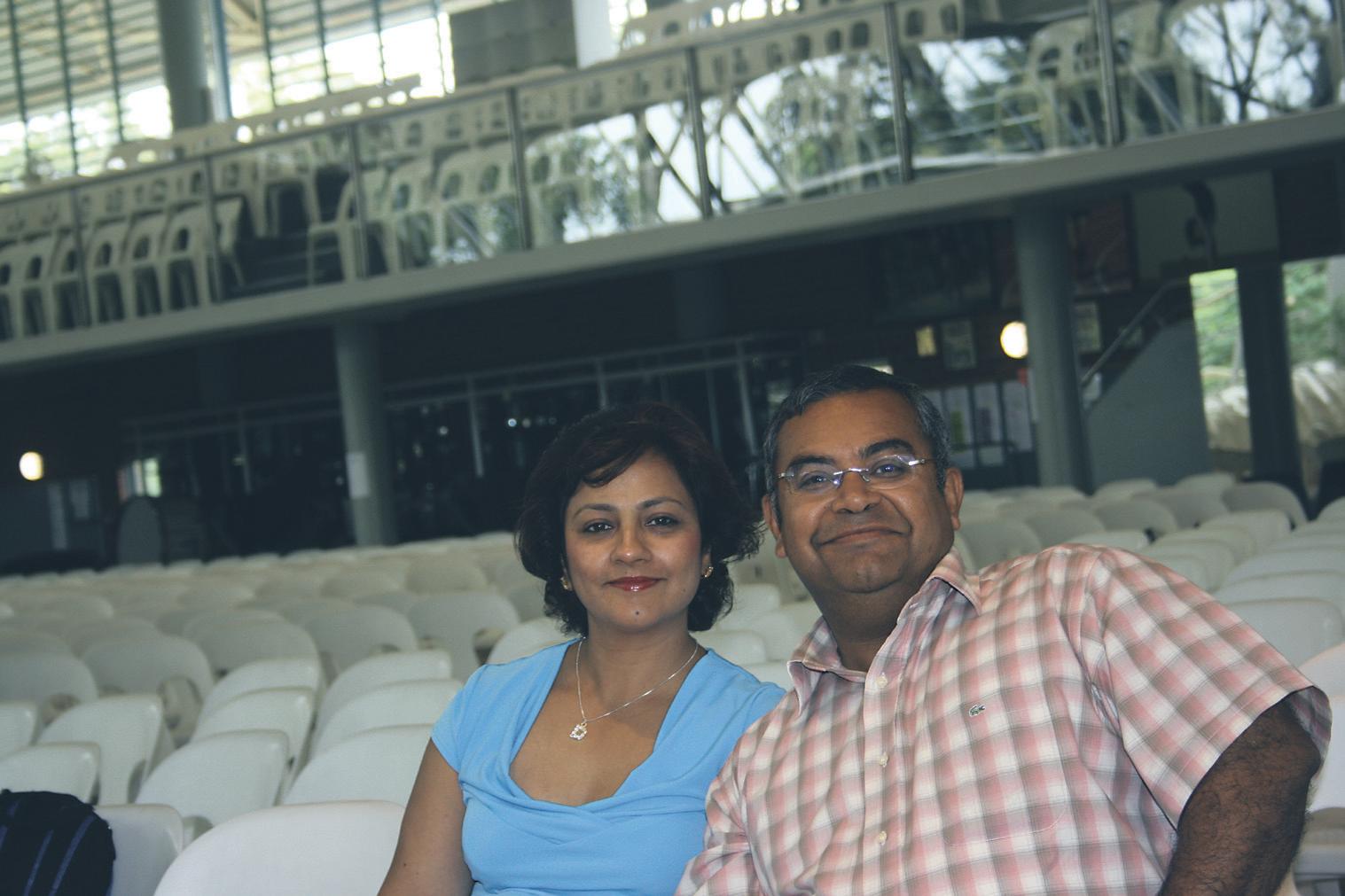
2 minute read
An early Indian link in Australian life
from 2010-06 Sydney (2)
by Indian Link
A spectacular reconstruction of a historical Indian landing warms up a cold night by the harbour
BY RAJNI ANAND LUTHRA
Sydney’s annual winter festival brought us the story of the earliest Indian arrivals on Australian shores.
And no, it wasn’t professionals that arrived here in the early ‘70s when the White Australia policy (correctly known as the Immigration Restriction Act) was abolished. It wasn’t even the cameleers who arrived here in the late 1800s. It was a story that went way back to 1797, when a trading ship named Sydney Cove set sail from Kolkata. Its incredible adventure was retold by 50 performers (including dancers and aerialists), giant pop-ups, dramatic light installations, animation and YouTubestyle projections, even an attempted Bollywood-style tall ship finale with Holi-inspired coloured smoke and fire sculpture love-hearts.
At the centre of it all was an 11-year-old Indian-Australian girl – a descendant of one of the sailors on board, recounting the story for a school
The Indian dances were choreographed by Sharmila Mitra of the Geetanjali School of Dance and Performing Arts.

“I found the story fascinating,” she Indian Link. “And that was the reason why I felt compelled to audition, even though I have a packed calendar for this year.”
The story of the Sydney Cove that began in Sharmila’s native Bengal, appealed at many levels.

“The Sydney Cove was sent out by a British merchant Robert Campbell, after whom Campbell Cove in the Rocks is named. It was carrying kapda (cloth), biscuits and rum from the factories of Kolkata, and some 50 Indian sailors. It ship-wrecked at Tasmania, and the sailors made their way to Eden, up the coast. From there they trekked to Sydney to get help for their stranded mates.”
Sharmila worked closely with Peta Strachan of the Aboriginal dance group Janawi (as well as a Punjabi dance troupe) for the Rocks event.
“There are various aspects of Aboriginal culture that I find I can identify with,” Sharmila observed. “Their story-telling through dance, their sense of community, even their atithi-bhaav (hospitality for guests) are all so familiar. Do you know, in the Sydney Cove story, even though the Aborigines were hostile towards white settlers, they connected with the Indian survivors who they met in the jungles as they made their way up to Sydney. There is evidence that they shared their food with them, and ensured them safe passage.”
The lead role of the Indian Australian girl was played by Vidushi Sharma, who learns dance at Sharmila’s Geetanjali School. A student of Hornsby Girls High School, the bubbly Vidushi brought in the right mix of innocence and charm as well as tween idealism and fantasizing as she spoke of “my Dadaji” and of “being in love like Edward and Bella” on her YouTube post. In the story as she recounted it, her great great grandfather, the sole Indian survivor of the Sydney Cove tragedy, made it to Sydney and later married an Irishwoman.
“I was really nervous when I went for the auditions in May,” she told Indian Link chirpily. “The filming was ok – we finished it all in one day. The people were really nice and friendly. On the first day of the show, I was nervous again – I had to jump off the boat and skip up the tower. But after that I really enjoyed it. It was freezing cold, but I had lots of fun.”
And of course, she now wants to do more with performing arts.
The soundscape for Fire Water was created by tabla player Bobby Singh who is renowned for his fusion work, and established composer and multiinstrumentalist, Shenzo Gregorio.
The performance was part of a three-day event named The Rocks Fire Water featuring food, music, and night markets based on winter-themed arts and crafts at Campbell Cove, The Rocks. In the distance, the Opera House itself became an art exhibit, more so than it already is, with its sails lit up in spectacular moving colours.








